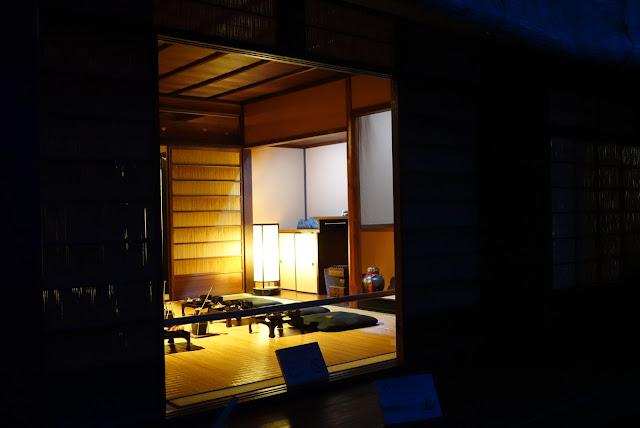Summary of 6 weeks in Japan:
Total distance cycled: 1,725 km
Distance travelled on ferries: 475 km
Number of days riding: 36
Number of flat tyres: 2
One of the major issues with cycling in Japan is to find roads with little traffic but not too much change in elevation. We did not encounter many other long-distance cyclists and the official cycling trails are usually just a day ride. Here is what we did to find good cycling roads:
1) Research other people's blogs;
2) Decide which places to visit;
3) Find back-country roads to connect these locations;
4) Go to Google Maps with contours and check that the change in elevation is not too brutal;
5) Go to Google Earth and check that the road does not show too many trucks and is not too wide, e.g. roads with no median strip are usually good; and
6) Find where to camp or stay in hotels/ryokans along the way.
Our daily limits are 1,500 m for elevation and 90 km for riding distance. Japanese road numbering is random, i.e. a smaller number is not necessarily a bigger road and the same number can start off as a narrow road and all of a sudden turn into a four-lane highway. Preferably this research should be done before going on the trip, not like us!
Japan has beautiful sewer lids, specially designed with each town's claim to fame! Some of them are even painted. Here are some examples:
On the last day in Osaka we visited the aquarium, which is very impressive. The main attraction is a gigantic tank with two whale sharks. The visitor viewing area is circling around it like a cork-screw. A few final photos below.





























































